On 8 September, Her Majesty Queen Elizabeth II passed away peacefully at Balmoral Castle, her beloved holiday home in the Highlands…
Words: Sally Coffey
When the Queen’s coffin left Balmoral, it passed slowly through the villages of Royal Deeside, allowing the thousands that lined the route to bid a final farewell to the country’s longest-serving monarch, and a woman whom many locals considered a dear neighbour.
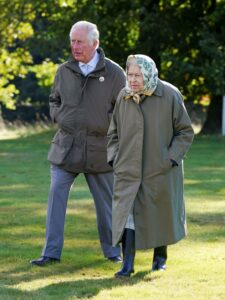
The Queen at Balmoral
The Queen had visited the Scottish estate every summer, continuing the traditions of her own childhood. She and Prince Philip were able to live some semblance of a normal life here, often surrounded by their children and grandchildren.
Heading up in late July, it is tradition for the Royal Family to stay at Craigowan Lodge on the estate for the first week of their visit, before moving into the castle once it is closed to visitors in August, where they usually stay until October.
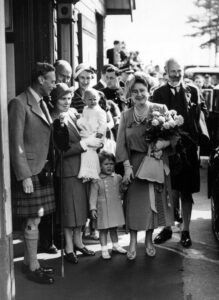
Set in 50,000 unspoilt acres, this beautiful expanse of Scottish Highlands provides what must have been a refreshingly rural contrast to the splendour of the Queen’s homes in London and Windsor. She was often seen walking around the estate dressed informally in tweed and headscarves; in fact, so relaxed did she become at Balmoral that the late Prime Minister Margaret Thatcher is said to have sent her a pair of washing-up gloves one Christmas after witnessing her at Balmoral washing up with bare hands.
Her Majesty had a strong family connection to Balmoral: her father King George VI and his wife (later Her Majesty Queen Elizabeth The Queen Mother) were fond of it, and princesses Elizabeth and Margaret spent many happy times here.
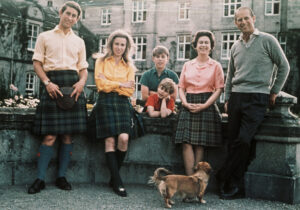
Queen Victoria at Balmoral
But Balmoral as we know it today – a grand Scottish baronial palace topped with numerous turrets – wouldn’t be here at all were it not for the late Queen’s great-great-grandparents.
Queen Victoria made her first visit to Scotland in 1842 and quickly fell in love with it. However, it was on subsequent visits, when she explored the enigmatic Highlands, that Victoria’s love was cemented. And it wasn’t just Victoria for whom Scotland provided a sense of escapism.
Prince Albert was said to have been taken with the landscapes as much as his wife, as they reminded him of his German homeland. Indeed, it may well have been Albert who was the driving force behind the purchase of Balmoral, then a more modest country house, which stood within acres of untamed heatherclad hills and moorland, with views that seemed to stretch on forever.
It is said that Albert first became aware of the property through the paintings of James Giles, who had been commissioned to do a series of watercolours of the house and the estate.
By 1848 the couple had taken out a lease on Balmoral – without ever having actually set foot there – and by 1852 they had purchased the estate outright.
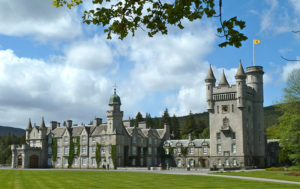
Queen Victoria and Albert began building a new castle
Shortly after buying Balmoral, they commissioned a new structure befitting their royal status, some 100 yards northwest of the existing building.
Work on Balmoral was completed in 1856 and the couple relished their time here, spending their days picnicking with their children and exploring the estate and beyond. One of Victoria’s favourite spots for a picnic was the Linn of Dee on the Mar Lodge Estate, an area of natural wilderness in the Cairngorms, three miles west of Braemar, where she is known to have stopped to change horses.
Together, Victoria and Albert helped make the Highlands fashionable, celebrating the traditions – tartan, shooting, Highland games, dancing – that the novelist Sir Walter Scott had begun romanticising several decades before.
After Albert’s sudden death in 1861, Balmoral became a haven for the queen, and gradually, being here helped ease her grief. It was at Balmoral that she had first met John Brown – the Scotsman had been Albert’s personal ghillie – with whom she formed a strong affection.
Can you visit Balmoral Castle?
Balmoral Castle is still a private home – unlike Buckingham Palace and Windsor Castle, it’s not an official royal residence – which means that much of it is out of bounds to visitors. However, though you can’t visit the private quarters, it is the location that makes a visit here so wondrous.
A very good audio guide takes you round the castle exterior and some of the grounds, where red squirrels can be spotted leaping between the branches of the trees. You can also enter the Ballroom, which has hosted the annual Ghillies Ball – a dance for the estate’s staff – since Queen Victoria’s time.
En route to the Palace of Holyroodhouse in Edinburgh, the hearse bearing the Queen’s coffin passed by Crathie Kirk – the small granite church where she worshipped every Sunday during her summer holidays in the Highlands. John Brown, Queen Victoria’s friend, is buried in the little churchyard.
It is easy to see what has drawn the Royal Family to the area for centuries. The countryside around the estate is wonderfully picturesque. The River Dee from which the region takes its name is a magnet for anglers who come to fish its salmon-rich waters, while pretty villages like Ballater and Braemar beckon you to stay awhile.
In 1866 with the arrival of the railway station at Ballater, just east of Balmoral, the Highlands village became a tourist centre. Sadly, the village was struck by a terrible fire in 2015, followed just months later by catastrophic flooding, but thanks to King Charles (when he was prince and Duke of Rothesay), who was instrumental in the village’s revival, buildings such as the Old Royal Station, now home to a very good restaurant, have been revived and restored.
It’s just outside the town of Braemar, to the west of Balmoral, a place popular with hillwalkers, that the annual Braemar Gathering takes place. Probably the most famous of all the Highland games, this event, first attended by Queen Victoria in 1848, is still the one where senior members of the Royal Family can often be seen among the spectators; the late Queen was a regular visitor. Even if you can’t visit during the games, held on the first Saturday in September, the Braemar Highland Games Centre is a great place to learn about this most Scottish of traditions.
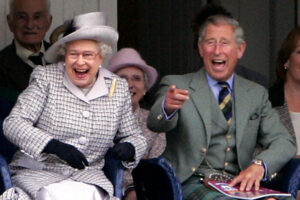
On the outskirts of the village is the L-shaped Braemar Castle, which has been run by the local community for the past 15 years and which is currently undergoing a huge restoration programme to the tune of £1.6m. It is due to reopen in July 2023.
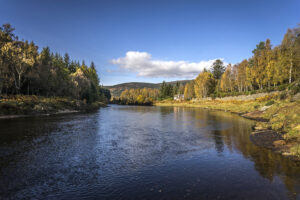
It is easy to see what has drawn the Royal Family to the area for centuries. The countryside around the estate is wonderfully picturesque. The River Dee from which the region takes its name is a magnet for anglers who come to fish its salmon-rich waters, while pretty villages like Ballater and Braemar beckon you to stay awhile.
This is an extract. Read the full article in the November/December issue of BRITAIN out on 7 October.
Read more:
Richard III facts: 10 things you didn’t know about the king in the car park

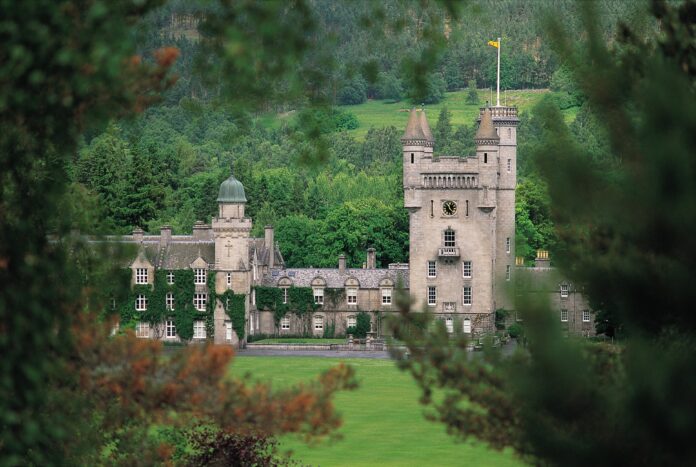




 © 2024
© 2024